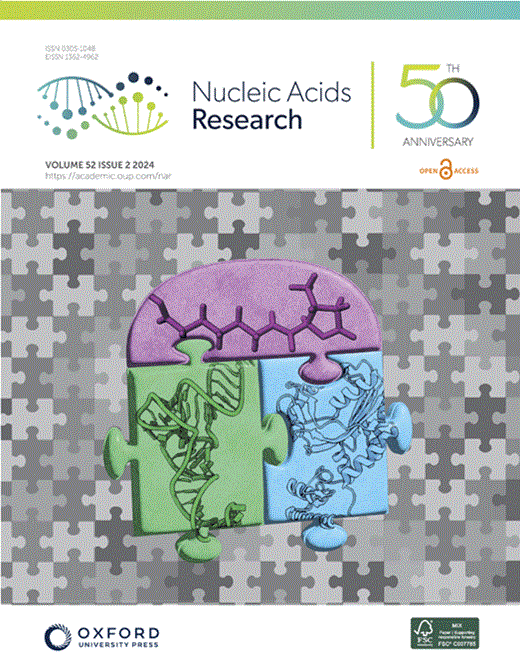成年恒河猴精原干细胞的表观遗传特征确定了干细胞稳态的关键调控因子
IF 13.1
2区 生物学
Q1 BIOCHEMISTRY & MOLECULAR BIOLOGY
引用次数: 0
摘要
精原干细胞(SSC)在保持男性生育能力方面发挥着至关重要的作用。然而,由于对SSC平衡调控的认识不足,成功地在体外扩增真实的人类SSCs仍然难以实现。我们以恒河猴(Macaca mulatta)为代表模型,采用细胞特异性网络方法,通过单细胞 RNA 测序鉴定了 SSCs 和祖细胞亚群的特征。我们还分析了染色质状态和主要组蛋白修饰(H3K4me1、H3K4me3、H3K27ac、H3K27me3 和 H3K9me3),随后绘制了 TSPAN33+ 推定 SSCs 的启动子和活性增强子图。通过比较新鲜TSPAN33+细胞和培养的TSPAN33+细胞(类似于祖细胞)的表观遗传变化,我们确定了SSCs中活性较高的调控元件,以及与SSC调控有关的潜在转录因子和信号通路。具体来说,TGF-β 信号在猴假定的 SSCs 中被激活。我们提供的证据支持TGF-β信号在促进猴SSCs自我更新培养中的作用。总之,这项研究概述了猴SSCs的表观遗传景观,并为优化灵长类SSCs扩增的培养条件提供了线索。本文章由计算机程序翻译,如有差异,请以英文原文为准。
Epigenetic characterization of adult rhesus monkey spermatogonial stem cells identifies key regulators of stem cell homeostasis
Spermatogonial stem cells (SSCs) play crucial roles in the preservation of male fertility. However, successful ex vivo expansion of authentic human SSCs remains elusive due to the inadequate understanding of SSC homeostasis regulation. Using rhesus monkeys (Macaca mulatta) as a representative model, we characterized SSCs and progenitor subsets through single-cell RNA sequencing using a cell-specific network approach. We also profiled chromatin status and major histone modifications (H3K4me1, H3K4me3, H3K27ac, H3K27me3 and H3K9me3), and subsequently mapped promoters and active enhancers in TSPAN33+ putative SSCs. Comparing the epigenetic changes between fresh TSPAN33+ cells and cultured TSPAN33+ cells (resembling progenitors), we identified the regulatory elements with higher activity in SSCs, and the potential transcription factors and signaling pathways implicated in SSC regulation. Specifically, TGF-β signaling is activated in monkey putative SSCs. We provided evidence supporting its role in promoting self-renewal of monkey SSCs in culture. Overall, this study outlines the epigenetic landscapes of monkey SSCs and provides clues for optimization of the culture condition for primate SSCs expansion.
求助全文
通过发布文献求助,成功后即可免费获取论文全文。
去求助
来源期刊

Nucleic Acids Research
生物-生化与分子生物学
CiteScore
27.10
自引率
4.70%
发文量
1057
审稿时长
2 months
期刊介绍:
Nucleic Acids Research (NAR) is a scientific journal that publishes research on various aspects of nucleic acids and proteins involved in nucleic acid metabolism and interactions. It covers areas such as chemistry and synthetic biology, computational biology, gene regulation, chromatin and epigenetics, genome integrity, repair and replication, genomics, molecular biology, nucleic acid enzymes, RNA, and structural biology. The journal also includes a Survey and Summary section for brief reviews. Additionally, each year, the first issue is dedicated to biological databases, and an issue in July focuses on web-based software resources for the biological community. Nucleic Acids Research is indexed by several services including Abstracts on Hygiene and Communicable Diseases, Animal Breeding Abstracts, Agricultural Engineering Abstracts, Agbiotech News and Information, BIOSIS Previews, CAB Abstracts, and EMBASE.
 求助内容:
求助内容: 应助结果提醒方式:
应助结果提醒方式:


